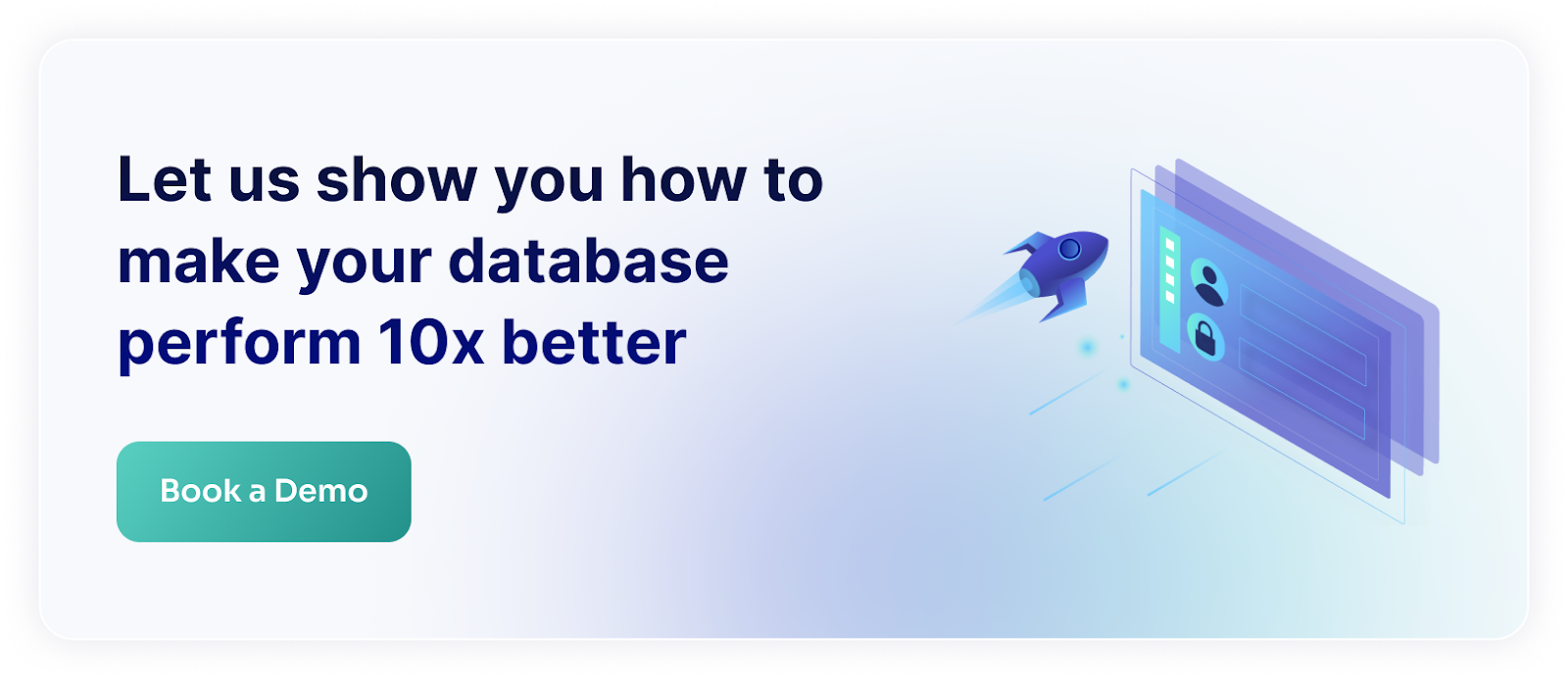To achieve continuous database reliability, it's essential to implement database guardrails, which include the right tools, processes, and mindset. However, it goes beyond just technical aspects - a cultural change that needs to happen. Once embraced, developers will take pride in owning their databases and delivering top-tier reliability. Let's explore why and how this shift makes a difference.
We Need Database Reliability
Imagine if your favorite streaming service suddenly lost your watchlist or your bank account couldn't track your savings - this is the nightmare a reliable database prevents. Companies like Stripe (a payment platform) experienced outages due to database changes, Heroku (a hosting platform) suffered a similar incident, and Atlassian (a management suite) lost customer data. You can't run a successful business if your database is unreliable.
Achieving database reliability is challenging. It requires careful attention to many elements, including data integrity, recoverability, performance, and security. Regardless of your industry, ensuring database reliability is essential because your customers expect it. A database's reliability directly influences an organization's efficiency, reputation, and success, making it a critical asset in today's data-driven world.
We Require Database Guardrails
To build database reliability, we must consider every aspect of the software development lifecycle. It starts with development, where we need to thoroughly analyze the code interacting with the database. This includes ensuring that queries use optimal execution plans, schema migrations don’t disrupt the database, and we avoid sending excessive queries when a single one suffices. Incorporating these checks into our CI/CD pipelines and running them before deployment is essential.
Post-deployment, we need to focus on observability for our databases. It's not enough to rely on general metrics; we need database-specific signals. For example, rather than just tracking CPU load, we should assess whether our database is using excessive CPU to meet business needs. Regular analysis of schemas, index usage, configurations, extensions, and live queries is crucial to maintaining performance.
In summary, we need solutions that prevent faulty code from reaching production, continuously monitor databases in a database-centric way, and automatically prevent or troubleshoot issues. These systems should be designed with usability in mind, ensuring they're human-friendly. However, the most critical factor in achieving database reliability is the cultural shift we need to embrace.
We Must Change the Culture
Performance is key to delivering a great user experience, reducing churn, and improving all SLAs. Our queries must be fast, we should quickly recover from bugs with minimal MTTR, and we need to deploy frequently with short development cycles. Speed is essential at every stage.
The real obstacle in many organizations isn’t the tools; it's how teams are managed and how ownership is distributed. When developers don’t own their databases, they rely on other teams for support, leading to unnecessary communication, meetings, and coordination. This must change! The development team should be solely responsible for the database.
Developers need to take ownership of their databases and be accountable for performance, reliability, updates, improvements, and security. However, developers often lack the necessary knowledge. To bridge that gap, we must equip them with the right tools and resources, as outlined earlier.
They Will Love It
It may seem counterintuitive to give developers more ownership, especially when they’re already juggling numerous tasks. However, more ownership results in less work!
When developers don’t own the databases, they have to coordinate with other teams - explaining requests, managing Jira tickets, and engaging in back-and-forth communication. This process is time-consuming and inefficient. By shifting ownership to developers, we eliminate the need for these communications entirely. They gain more control, but end up with less busy work.
Additionally, when developers aren't involved with their databases, they miss out on understanding how they work. The best way for them to improve is by being directly exposed to what happens within the database. However, we can't overwhelm them with unnecessary details. We need to provide tools that filter out irrelevant information and highlight what’s essential for making informed decisions. This way, developers can handle tasks they’d otherwise delegate - and do so more efficiently.
Metis to The Rescue
Metis provides all the database guardrails you need! From reviewing code changes before deployment to empowering your teams to own the databases and reducing MTTR with efficient troubleshooting, Metis covers every aspect. Having the right tools is essential to shifting ownership left and unblocking your teams, and database guardrails are key to making that happen.
It all begins with the right tools. From there, you can establish processes that focus on the key performance indicators in your organization. Ultimately, database guardrails aren’t just about tools - they represent a cultural shift that unlocks your team’s full potential. At Metis, we do all of this and can help you drive that transformation. Get in touch to learn more.
Summary
Achieving database reliability is challenging and requires attention to many factors, with the most important being assigning ownership to the right teams. It’s not enough to overload them with data and signals; we must minimize their communication and administrative tasks and equip them with the right tools to focus on critical database-specific information. This shift isn’t just technical - it’s a significant cultural transformation.







